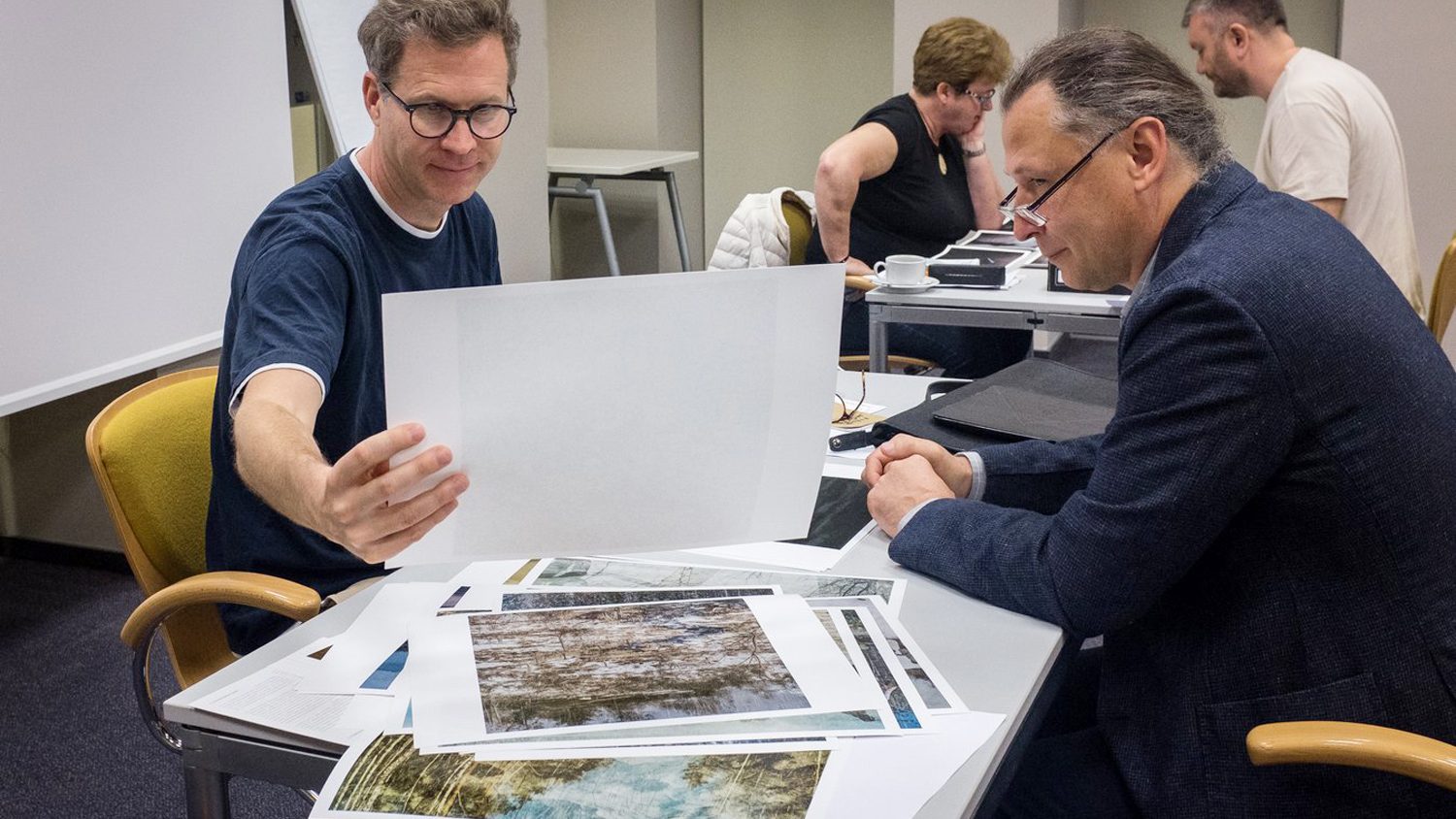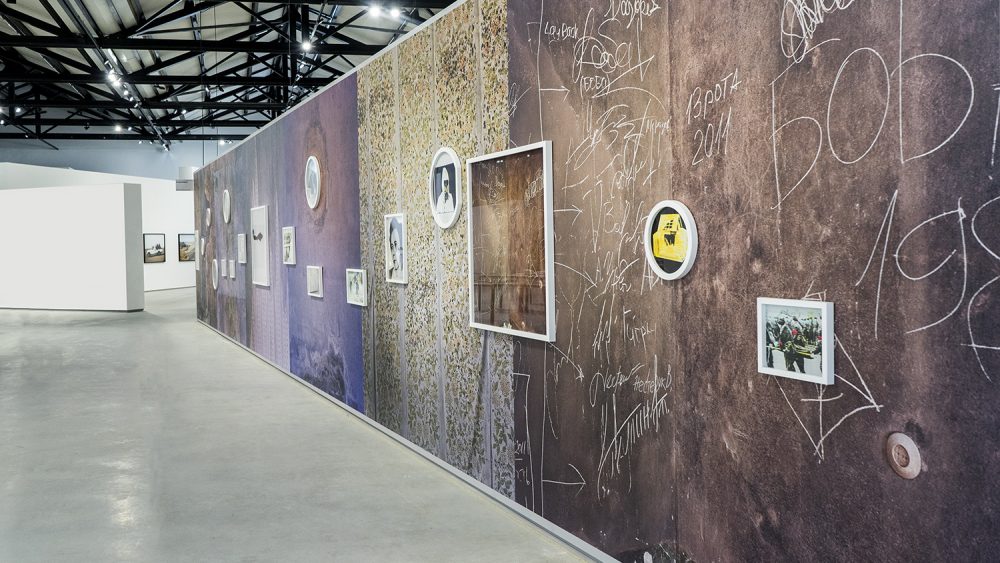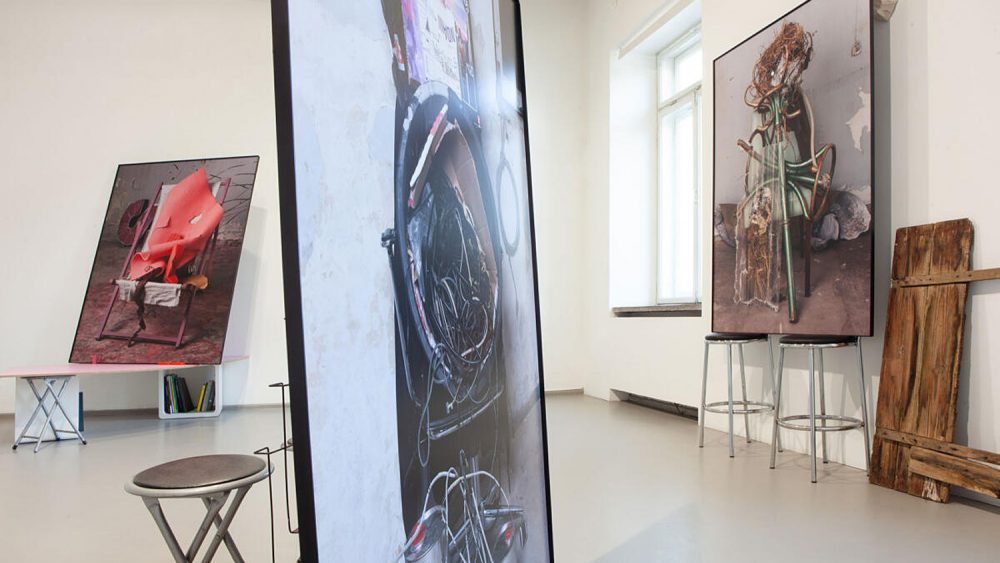FK asks – How can a curator benefit the photographer?
We are continuing our series of questions to the directors of various photography festivals, museums and institutions in Eastern and Northern Europe. This time, we tried to find out their opinions on how curators can help photographers.
Vaclav Macek, director of Bratislava Month of Photography, Slovakia:
To prepare a good exhibition without a curator is very difficult – the curator acts as a first critical eye adopting the choice of photographs to the site, and introducing the visual message of the artist to the public. A good curator also has to be a good writer. I do not create exhibitions without a curator.
Maira Dudareva, director of the Latvian Museum of Photography, Latvia:
The help of the curator can vary greatly in each case. There may be cases where a curator creates the exhibition concept, selects the work and produces the exhibition from start to finish, if there is a reason why the artist does not do it him or herself. If the artist comes with his own idea and set-up, it can be organizational help and support. Occasionally, the curator’s duties may range from installing the exhibition to holding the artist’s hand at the doctor’s, if their health fails them.

Aga Dwernicka, director of Krakow Photomonth Festival, Poland:
By giving the photographer a certain space – physically and mentally – and letting them grow.
Mindaugas Kavaliauskas, director of Kaunas Photo festival, Lithuania:
In Lithuanian, we have a proverb that a hand washes the other hand, meaning one cannot do without the other, and vice versa. When I decided to start a festival, one of the reasons to do so was my admiration of the works of a multitude of great photographers. It was clear that to a festival audience I could bring a more complete view on what photography can offer as a form of art and as a mirror of reality than just focusing on pushing my own work. Having started out as a photographer and continuing as a curator, I try to balance the interests of both participating parties in creating the festival. Without photographers, a festival is nothing, therefore, I try to fluently mediate the photographer’s work to the best of my abilities – from reducing her/his participation costs to close to zero (our festival can seldom cover full travel fees for participating artists), to attempting to relay the works to other festivals and galleries that pick it up after Kaunas Photo festival.
Tuula Alajoki, director of Backlight Photo Festival, Finland:
This depends on their relationship, the curator, and the expectations and needs of the photographer as well as the project at hand. For me the role of the curator is a role of a caretaker, and it often requires a lot of organizing and work related to funding and production as well. I feel I do my work for the artists and with the artists and it is my job to look after their works and how it is presented when exhibited in our events or collaborations. Some artists are determined with a clear vision, while others wish to discuss more, so the curator can be the back-up force and supporter, as well as the one making things come together and become concrete in the end.
Marina Paulenka, director of Organ Vida festival, Croatia:
A curator can help a photographer better articulate her or his work, find his own path to present the work, to communicate with the audience, to connect with galleries and institutions. If a curator understands the artist and work deeply, he/she can easily figure out where and how to present the work. This relationship is undeniable and inseparable, one exists on behalf of the other, and likewise.

Arnis Balčus, director of Riga Photomonth:
By providing the opportunity to see work in a broader context, for example, by creating group exhibitions or monographs. Also, by being a mediator between the audience, institutions and the photographer themself.
Nadya Sheremetova, director of FotoDepartament Foundation, Russia:
I suppose the crucial responsibility of a curator is to establish a strong artist in a strong context, and to form this context by his own position. It’s a daring task – you need to have good intuition beside knowledge, vision, broadmindedness regarding various phenomena of life and art. The curator establishes the space and a flowing, flexible and transforming vector and view, through which the audience detects current photography in each particular moment. It’s important to keep in mind that the artists involved in the realization of an idea by a curator, determine his position. They benefit his career. Thus, the process is mutual.
Kateryna Radchenko, director of Odessa/Batumi photo days, Ukraine:
The curator is a bridge between the artist and society, between the works and the space they are presented in, between the text and the idea. The task of the curator is to combine and give rise to dialogues and discussions in the socio-cultural environment with the help of the artist’s works.

Irina Chmyreva, artistic director of the PhotoVisa International Festival of Photography, Russia:
Sometimes people just exchange ideas and it’s a very fruitful form of collaboration. Sometimes you can create a publication, exhibition, artist’s talk and all of these things and even other forms will be no more than external signs of recognition, and the curator still won’t be able to crack the mask of self-sufficiency of the artist…
Grzegorz Jarmocewicz, artistic director of Bialystok Interphoto festival, Poland:
As Art Director and Curator of Interphoto festival I present not only well-known artists, but also promote those who are starting their journey. Additionally, we offer them the portfolio review with a group of international reviewers, as well as the Interphoto Grand Prix with a substantial prize and an individual exhibition. Also, I constantly follow emerging individuals and submitted proposals, giving them a, chance outside the contest.
Judit Gellér, curator at Robert Capa center, Hungary:
During an ongoing project I think the curator’s task is not to tell the photographer what and how to do, but to ask the right questions and show some examples that could fit with the artist’s working methods and oeuvre. With a finished project there are the ordinary tasks to do: search for opportunities (whether it is an exhibition or a good publishing option) to make the project more and more visible.



